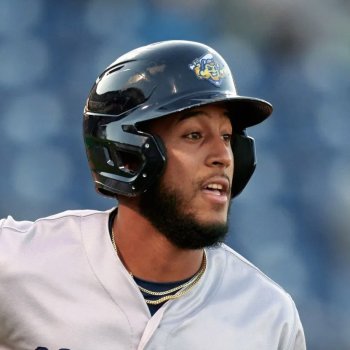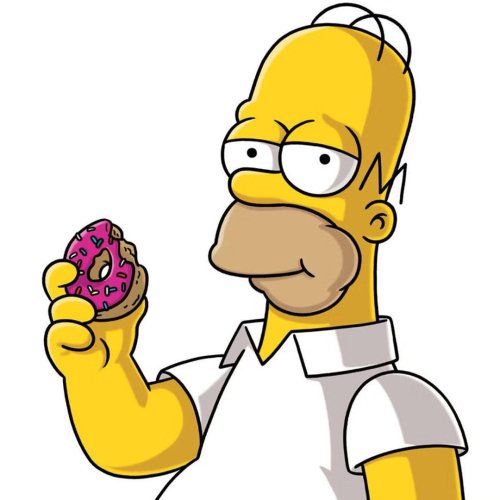
Twins Video
However, the problem with Kinley has always been his inability to control his pitches. Over his five-year minor league career, Kinley had averaged 3.5 BB/9.
It is quite apparent, early on, that Tyler Kinley is not a major league-ready pitcher, and that Paul Molitor has zero trust to use him in a game unless it is already out of reach. His control has been awful, having thrown just 59.8% of his pitches for strikes.
In an era where most major league hitters are seeing pitchers with an upper 90s fastball paired with a wicked breaking pitch on a nightly basis, Tyler Kinley’s stuff isn’t exactly blowing them away. In fact, opposing hitters are hitting .474 off him with a double and two home runs.
Kinley does have a 10.80 K/9 rate, but that is a little misleading with all the batters he has faced. In total his strikeout rate sits at just 17.4%, which is well below the league average, especially for a reliever.
So, what is keeping the Twins from cutting ties with Tyler Kinley? The biggest hang-up is that since Kinley was a Rule 5 draft pick, the Twins would have to either DFA him or offer him back to the Marlins if they don’t want to keep him on their 25-man roster. So, if the organization still has faith that Kinley can one day be a presence in the Twins bullpen they are hesitant to get rid of him. While that reasoning makes sense, there are plenty of other reasons why getting rid of Tyler Kinley now makes sense too.
With the Twins in the hunt for another playoff berth in 2018, every roster spot is valuable, and to waste one on a pitcher who has zero impact on meaningful games only hurts their chances. His roster spot could easily be taken by other relievers like Alan Busenitz (who was sent back down to Rochester and replaced by Tyler Duffey on Tuesday), John Curtiss, Jake Reed or D.J. Baxendale. Both Reed and Baxendale would need to be added to the Twins 40-man roster, which isn’t an issue since they can just replace Kinley’s spot.
Another reason why it would make sense to move on from Tyler Kinley is his age. At 27, his potential upside for the Twins is limited, even if he does figure out his control issues. Relief pitchers have a very sharp aging curve that starts to show real decline from the age of 25. Here is a comparison what starting pitcher aging curves look like compared to relief pitcher aging curves.
Aging Curves courtesy of FanGraphs.
As you can see from these graphs the aging process for relief pitchers is a lot more drastic than it is for starting pitchers. Stats like BB/9, BABIP, HR/9 and FIP all see sharp increases around the age of 27 for relievers, while stats like K/9, velocity and swinging strikes all see declines at that same age. With Kinley already at that 27-year-old threshold it might be too late for the Twins to sit around and hope he becomes something that he has never even been as a minor leaguer.
At the end of the day, running a baseball team is just like running a business. Sometimes you make good investments and sometimes you make bad investments, and what separates good businesses from bad businesses is the good businesses understand when it is time to get out from under on a bad investment. That is exactly what the Twins need to do with Kinley.
SEE ALSO
MORE FROM TWINS DAILY
— Latest Twins coverage from our writers
— Recent Twins discussion in our forums
— Follow Twins Daily via Twitter, Facebook or email
— Become a Twins Daily Caretaker








Recommended Comments
Join the conversation
You can post now and register later. If you have an account, sign in now to post with your account.
Note: Your post will require moderator approval before it will be visible.